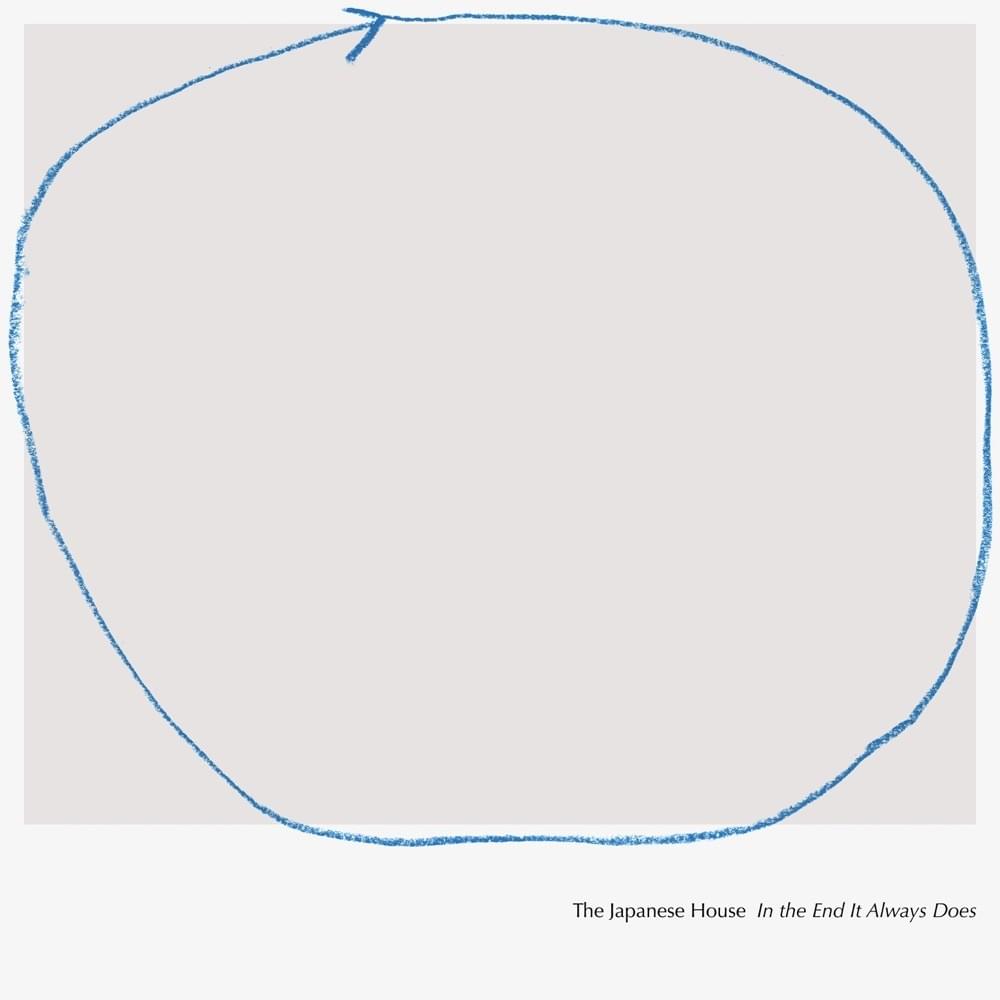The Recording Industry Association of America hasn’t been making too
many friends these days. I guess I should say that the organization
does have many friends inside the music industry, because that’s who
makes up the the RIAA.
I’m not here to argue whether it’s right or wrong to download free
music where it’s available, or whether it’s OK to listen to your
friend’s “Beach Boys Greatest Hits Album.” I’m just here to point out
what the RIAA wants you to believe about the cost of music and CDs.
If you visit the Key Stats/Facts page on the RIAA website, you’ll
notice a justification for pricing CDs. The biggest argument appears to
be the fact that the Consumer Price Index rose nearly 60 percent
between 1983 and 1996, even though the price of a CD actually went
down. While this might be a true statement, this is virtually worthless
in determining how much a CD should cost.
Let’s examine this statement, directly from the website:If CD prices
had risen at the same rate as consumer prices over this period, the
average retail price of a CD in 1996 would have been $33.86 instead of
$12.75.
I know that the CPI has risen, but these numbers don’t seem to
translate properly. So I visited the Bureau of Labor Statistics Data
site u>, which contains a CPI Inflation Calculator. Unfortunately, I
needed the initial value (of a CD in 1983), instead of the theoretical
value in 1996. Since I didn’t have that, I just guessed until I came up
with $33.86 in 1996. I finally found that value: $21.50.
This means that the RIAA is claiming that the average cost of a CD in
1983 was $21.50. How many CDs have you purchased for more than $20?
True, the CD was new technology at the time, and it’s quite possible
that the price, in some places, was more than $20. Where the RIAA
deviates from basic technology knowledge, however, is that more often
than not, the cost of producing something like a CD almost always goes
down over time.
What better example of electronics getting cheaper than taking a look
at the history of the calculator. From the website listed above, Texas
Instruments came out with a calculator in 1972 (TI-2500) that cost
$119.95 (actually, the suggested retail price was $149.99). If we take
a look at the CPI inflation calculator, using the calculator cost and a
13-year span, from 1972 to 1985 (the same time length the RIAA used),
we see that the calculator should have cost about $308.77 in 1985.
Maybe this isn’t fair, considering the time periods are different. So
I’ll try $119.95 in 1983, and the value in 1996 is $188.96.
How much do you think a calculator that could do only basic math
functions (add, subtract, divide, multiply) was worth in 1996? By 1981,
Texas Instruments had already developed a model that included more
functionality for $19.99. Granted, the technology involving calculators
and CDs are vastly different. My point is that when you are in the
technology world, most of your products, with the same level of
functionality, do not get more expensive.
The CPI is useful for looking at the prices of raw material, grocery
items, etc. Sorry RIAA, but buying a CD isn’t like buying a bushel of
Korn.
Send comments and suggestions to [email protected]. Visit benwoods.com for news and columns about technology and other random items.





























